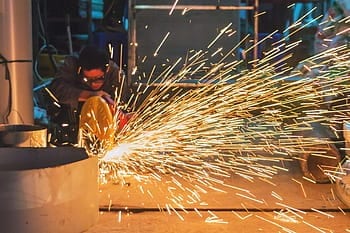
How AI and satellite imaging can stamp out modern slavery
There are 40 million people in slavery today. SDG 8.7 is a commitment to end modern slavery, with the ambition to reduce that number by 10,000 people every day. James Cockayne, Director, Centre for Policy Research, United Nations University, is confident that we are “nowhere near” that target.
The reasons for this systemic and enduring failure are the result of the “mispricing” of labour, where true social costs are not quantified. Worse still, companies are rewarded for driving down their labour costs. It is a market failure of massive proportions, present in just about every country on earth, generating an estimated $150 billion of profit globally and is the third-largest global crime, after drug trafficking and counterfeit goods smuggling. Forced migration and natural disasters increase the risks of human exploitation, so the looming spectre of climate change puts the spotlight on this issue.
The price of modern slavery
Modern slavery is at the heart of efforts to transform markets and to create a cohesive and sustainable world. As Cockayne says, “We must price modern slavery risk into our market practices.”
Like so many global challenges, the success of any response relies on data: Where are the world’s modern slaves, which global supply chains are they a part of and how can we predict increased risks for human exploitation?
The University of Nottingham, UK has applied artificial intelligence to satellite imaging to map forced labour patterns and predictions. An example is mapping brick kilns in South Asia, which have proven in the past to be hotspots for forced labour and debt bondage. This analysis is one example of innovation included in the presentation on Modern Slavery developed by United Nations University and Carnegie Mellon University at the Annual Meeting 2020 in Davos.
